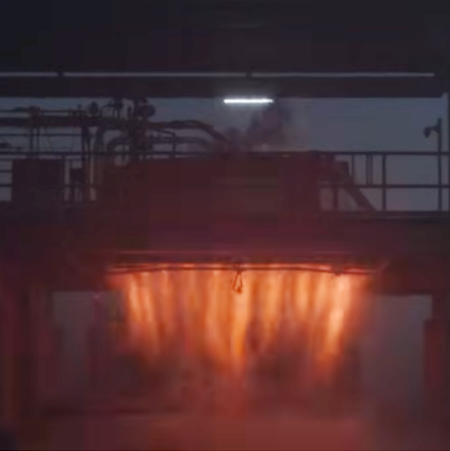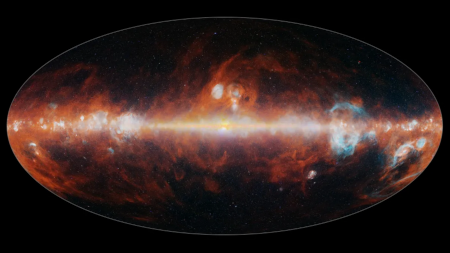Two very different galaxies
Cool image time! The picture to the right, reduced and sharpened to post here, was released today as the Hubble picture of the week. From the caption:
The trick is that these galaxies are not actually very close. The large blue galaxy MCG-02-05-050 is located 65 million light-years from Earth; its brighter smaller companion MCG-02-05-050a, at 675 million light-years away, is over ten times the distance! Owing to this, MCG-02-05-050a is likely the larger galaxy of the two, and MCG-02-05-050 comparatively small. Their pairing in this image is simply an unlikely visual coincidence.
The smaller blue galaxy, also called Arp 4, has an active nucleus that emits a lot of energy, suggesting the presence of a supermassive black hole. Less is known about the more distant orange galaxy.
Cool image time! The picture to the right, reduced and sharpened to post here, was released today as the Hubble picture of the week. From the caption:
The trick is that these galaxies are not actually very close. The large blue galaxy MCG-02-05-050 is located 65 million light-years from Earth; its brighter smaller companion MCG-02-05-050a, at 675 million light-years away, is over ten times the distance! Owing to this, MCG-02-05-050a is likely the larger galaxy of the two, and MCG-02-05-050 comparatively small. Their pairing in this image is simply an unlikely visual coincidence.
The smaller blue galaxy, also called Arp 4, has an active nucleus that emits a lot of energy, suggesting the presence of a supermassive black hole. Less is known about the more distant orange galaxy.

















